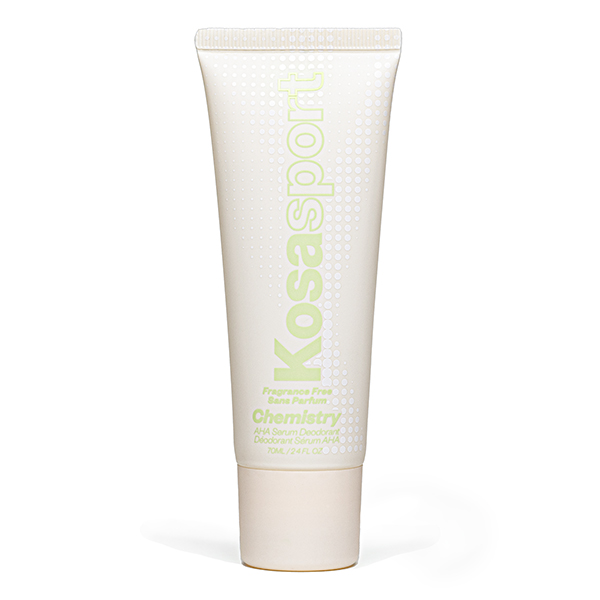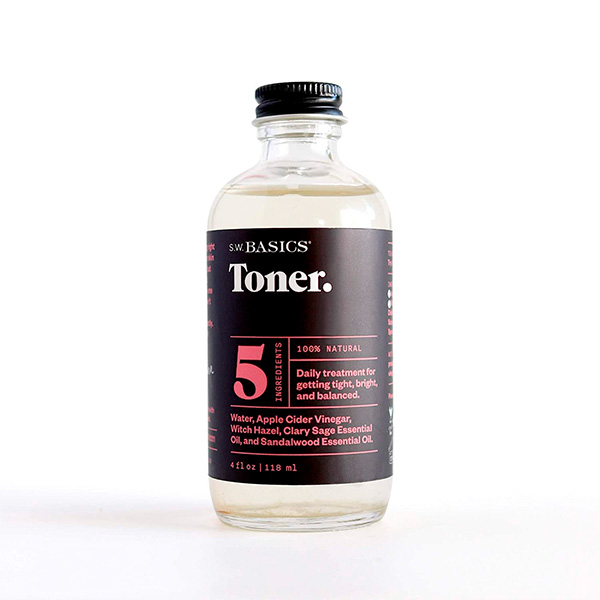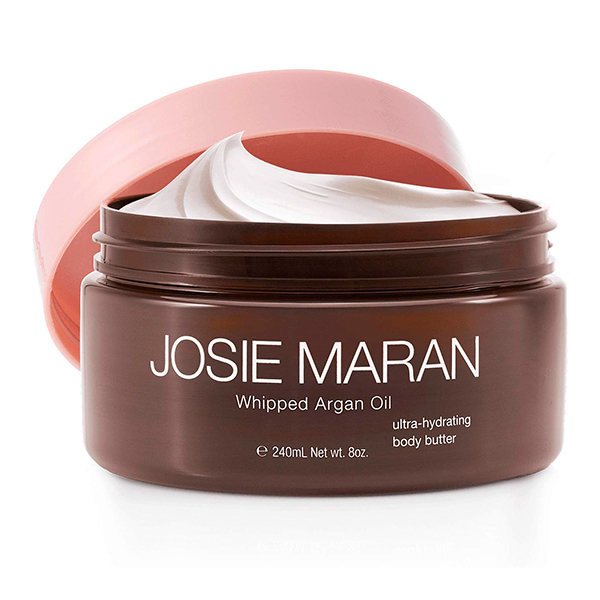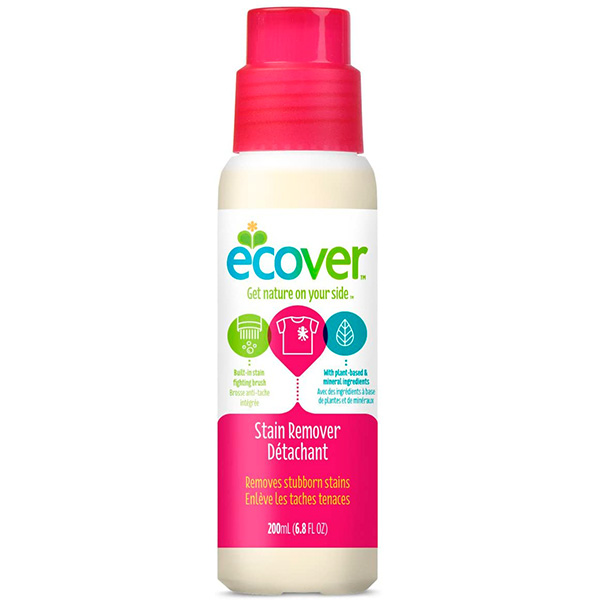Your Questions About Natural Deodorant, Answered
MAED EDITORS
Switching to clean skincare or non-toxic makeup is simple. Ditching conventional antiperspirant for natural deodorant? Oh boy, it can be complicated! We hear from so many community members about how they just can’t get natural deodorant to work—they put up with dry skin, rashes, and embarrassing BO before they finally throw in the towel. The good news is that natural deodorant can work for everyone (yes, really!), but there are some tips and tricks to getting things right. Below, we answer the most common questions people have about natural deodorant.
What is the most effective natural deodorant?
We are huge fans of Kosas Chemistry, which uses a unique alpha hydroxy acid formula that lowers pH levels on the skin to prevent bacteria from causing odor. There’s simply nothing else like it, so if you feel like you’ve tried everything with no luck, this one might just be your new go-to. Here are our other picks for non-toxic deodorants that actually work.
Is natural deodorant better for you?
Yes! We go into the details of why it’s best to avoid conventional deodorant in another post, but even setting aside all of that, natural deodorant is better for you because it doesn’t interfere with your body’s natural sweating process. An antiperspirant plugs your pores, preventing sweat from leaving your body. Sweat serves a purpose, so why would you want to stop your body from doing it? Natural deodorant doesn’t keep your body from sweating; instead, it absorbs the moisture once it’s released and controls odor-causing bacteria.
How do you get natural deodorant to work?
The oils in natural deodorant can build up and make your underarms gunky. When you shower, use some gentle exfoliation to remove that buildup. Then, dry your armpits well and apply one swipe of deodorant—not five!—to your underarm. A lot of times when making the switch from antiperspirant, people use way more deodorant than they need to because they’re nervous about odor, but this can be counterproductive. (It can also leave deodorant deposits on your bras, which are not fun to clean!)
What happens when you stop using deodorant with aluminum?
Stink happens, not to mention sweat. A lot of sweat! This is why so many people call it quits with natural deodorant. When you stop using antiperspirant, your body needs some time to find balance.
Why do my armpits smell after switching to natural deodorant?
If you’ve just switched, it’s likely because you’re going through that initial detox period. Stick with it! If you’ve been using it for a while and you’re feeling not-so-fresh a few hours after applying it, you may need to reapply it at some point in the day or it could be time to switch to a brand with a different formulation.
Does natural deodorant take a while to work?
Yes and no. Your deodorant will start working right away, but it’s no match for your body’s sweat and stank as it goes through that initial detox period. Rest assured, after a few weeks, it will get better. It’s even common to sweat less once you get used to natural deodorant.

Why does natural deodorant make my armpits dark?
Oof, this is the worst, right? You’ve found a natural deodorant that works well, but suddenly your pits are noticeably darker. This darkness is caused by melanin—and melanin is created by your body to protect skin that has been damaged or is suffering from prolonged irritation. We recommend switching to Kosas Chemistry ASAP because it’s made without baking soda (one of the most common culprits when it comes to skin irritation from natural deodorants) and its formula lightens darkened underarms.
Why does natural deodorant give me a rash?
While you could have a sensitivity to an essential oil or other ingredients, the most common cause of irritation with natural deodorants is baking soda. Signs that you have a sensitivity to baking soda include a large rash, rough or bumpy skin, itching, and pain. The rash will sometimes extend far beyond where you actually apply your deodorant.
How do I get rid of a rash from natural deodorant?
If your rash isn’t painful, you can keep trying with your current deodorant by making a few simple adjustments. When you shave, shave at night (or, even better, use sugar wax for hair removal, which is less irritating) so you’re not applying deodorant to freshly shaved skin. Apply apple cider vinegar or an apple cider toner (our editor swears by this one, which helped her finally make the switch to non-toxic deodorant) to your armpit and let it dry before applying your deodorant, which helps balance your skin’s pH. Use a soothing body butter on your armpits before bedtime until your rash resolves.
*If you have a severe rash, you should switch to a deodorant that is made without baking soda or fragrance.
What are alternatives to baking soda in natural deodorant?
When baking soda just isn’t working for you, there are several alternatives to try. Arrowroot powder, cornstarch, activated charcoal, clay, and alpha hydroxy acid (AHA) can do the job without causing irritation and rashes.
What is the best natural deodorant for sensitive skin?
We recommend unscented Kosas Chemistry deodorant and Little Seed Farm deodorant. That said, everyone is different, so you might have to try a few different types to find your fave.
How do I keep the natural deodorant from staining my clothes?
It is made with oils, which means it has the potential to stain clothes. The best thing you can do to prevent this is to use one swipe of deodorant when you apply it and always apply to a dry underarm before you get dressed, not after. Keep a good natural stain remover on hand for those times when staining occurs.
More About Natural Deodorant
Now that we’ve answered all your burning questions about natural deo, take a peek at our picks for the best non-toxic deodorants and read our step-by-step instructions on making the switch from antiperspirant to natural deodorant.












